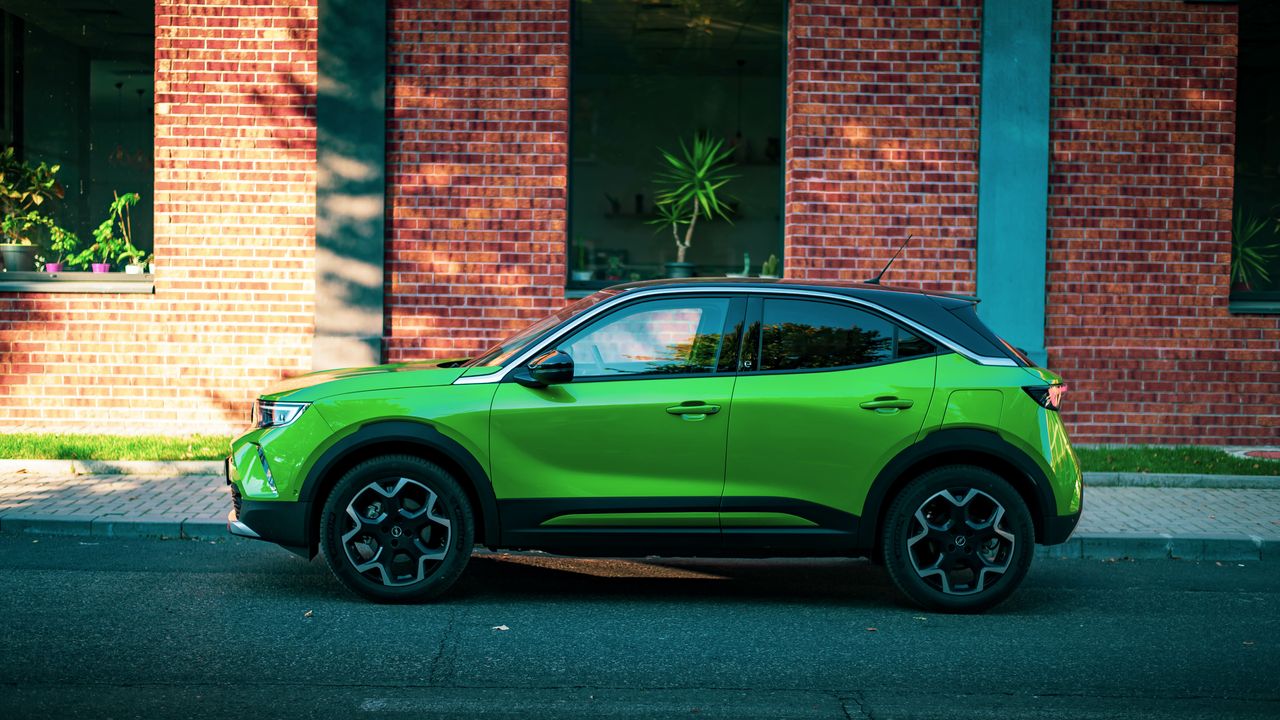Fast Charging vs. Slow Charging: Which is Better for Electric Vehicles?
As electric vehicles (EVs) continue to gain popularity, one of the key concerns for potential buyers is the charging time. The time it takes to charge an EV can vary greatly depending on the charging method used – fast charging or slow charging. In this article, we will delve into the pros and cons of each charging method and explore how it affects battery capacity and overall charging time.
The Importance of Battery Capacity
Before we dive into the charging methods, it’s crucial to understand the concept of battery capacity. Battery capacity refers to the amount of energy a battery can store. In the context of EVs, it determines the driving range of the vehicle. The higher the battery capacity, the farther an EV can travel on a single charge.
Slow Charging: The Steady Approach
Slow charging, also known as Level 1 or Level 2 charging, typically involves plugging an EV into a standard electrical outlet or a dedicated charging station. This method relies on a lower power supply, usually ranging from 1.4 kW to 7.2 kW, resulting in a longer charging time.
One of the main advantages of slow charging is that it puts less strain on the battery. The slower charging rate allows for a more gradual and controlled flow of electricity, which reduces heat generation and extends the overall lifespan of the battery. Additionally, slow charging is often more energy-efficient, as it requires less power to charge the battery.
However, the downside of slow charging is the time it takes to fully charge an EV. Depending on the battery capacity and the charging rate, it can take anywhere from several hours to overnight to reach a full charge. This can be inconvenient for those who rely heavily on their EVs or need to cover long distances on a daily basis.
Fast Charging: The Need for Speed
Fast charging, also known as Level 3 or DC fast charging, is designed to provide a rapid charge to an EV’s battery. This method utilizes a higher power supply, typically ranging from 50 kW to 350 kW, allowing for significantly faster charging times compared to slow charging.
The primary advantage of fast charging is its ability to quickly recharge an EV, making it ideal for long-distance travel or situations where time is of the essence. With fast charging, it is possible to replenish the battery to 80% capacity in as little as 30 minutes, depending on the charging station’s capabilities.
However, fast charging comes with a trade-off. The higher charging rate generates more heat, which can lead to increased wear and tear on the battery over time. This can potentially reduce the overall lifespan of the battery and may require more frequent battery replacements.
Conclusion
In conclusion, the choice between fast charging and slow charging for electric vehicles depends on individual needs and priorities. Slow charging offers a more gentle and battery-friendly approach, ensuring a longer lifespan for the battery while being more energy-efficient. On the other hand, fast charging provides convenience and quick recharging capabilities, but at the cost of potential battery degradation.
Ultimately, finding the right balance between charging time and battery health is crucial for EV owners. It is recommended to use fast charging sparingly, reserving it for long trips or emergencies, while relying on slow charging for daily use. By understanding the impact of charging methods on battery capacity and charging time, EV owners can make informed decisions to maximize the efficiency and longevity of their vehicles.
